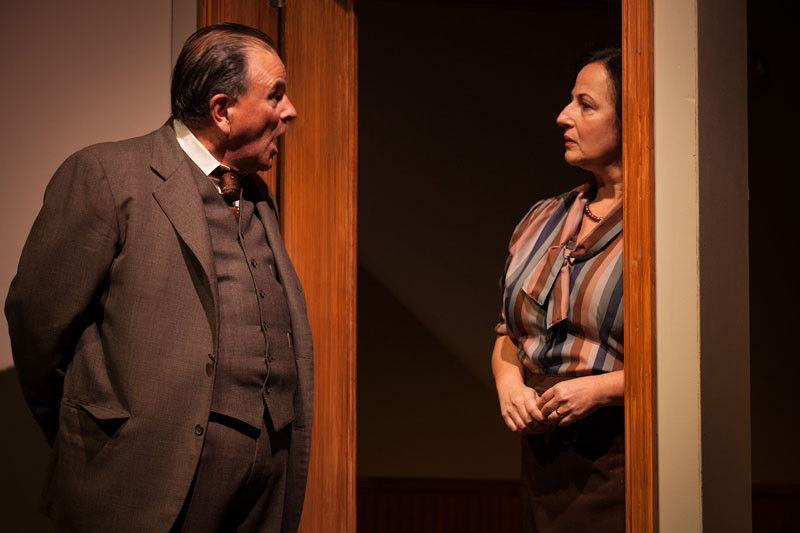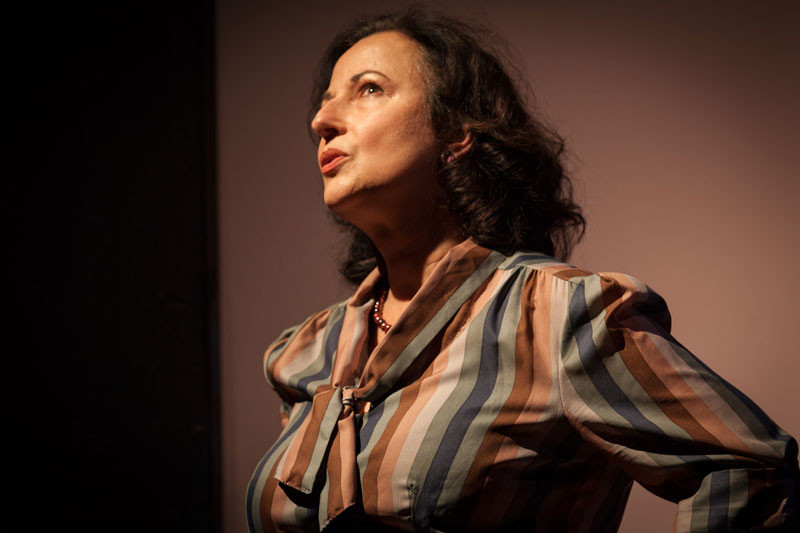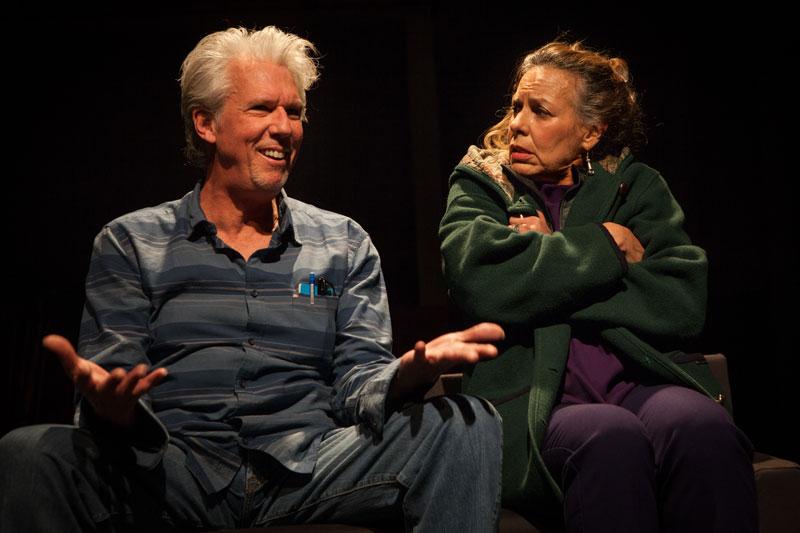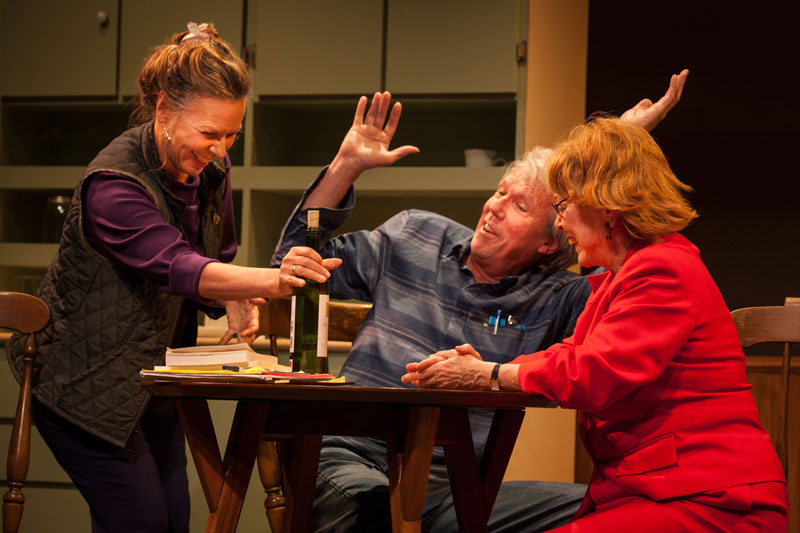Since its founding in 1993, Word for Word has occupied a unique niche in the Bay Area theater scene. The company adapts works of prose — mostly short stories — to the stage without changing a word. Where other troupes might be tempted to show instead of tell, Word for Word is happy to do both at once.
The virtues of that approach are displayed brilliantly by the troupe’s latest production, Stories by Alice Munro: “The Office” and “Dolly.” The actors seamlessly and humorously embody not only major and minor characters and random people in the crowd but also inanimate objects such as paintings on the wall. Munro’s stories include some deliciously detailed and unflattering physical descriptions of some of the characters — which are all the funnier when the person being talked about is standing right there. Both of these particular stories are written in first person, which makes the narration seem more natural than it might in third person.

This isn’t Word for Word’s first go-round with the Canadian short story writer; the company performed Munro’s “Friend of My Youth” in 1999. Munro was awarded the Nobel Prize for Literature in 2013 as a “master of the contemporary short story,” and the two works performed in director Joel Mullennix’s superb staging demonstrate why.
In “The Office,” from Munro’s first book of short stories, in 1968, a fiction writer feels the need to rent an office (an effectively spare, mutable space designed by Jacquelyn Scott). She needs a space of her own because, as she explains to her husband, when a woman is home she’s expected to attend to all the needs of the house. “She is the house; there is no separation possible.”
To Howard Swain as the bewildered husband, none of this really matters. It’s all a momentary distraction from watching television. Sure, he says, she should rent an office if she wants.




